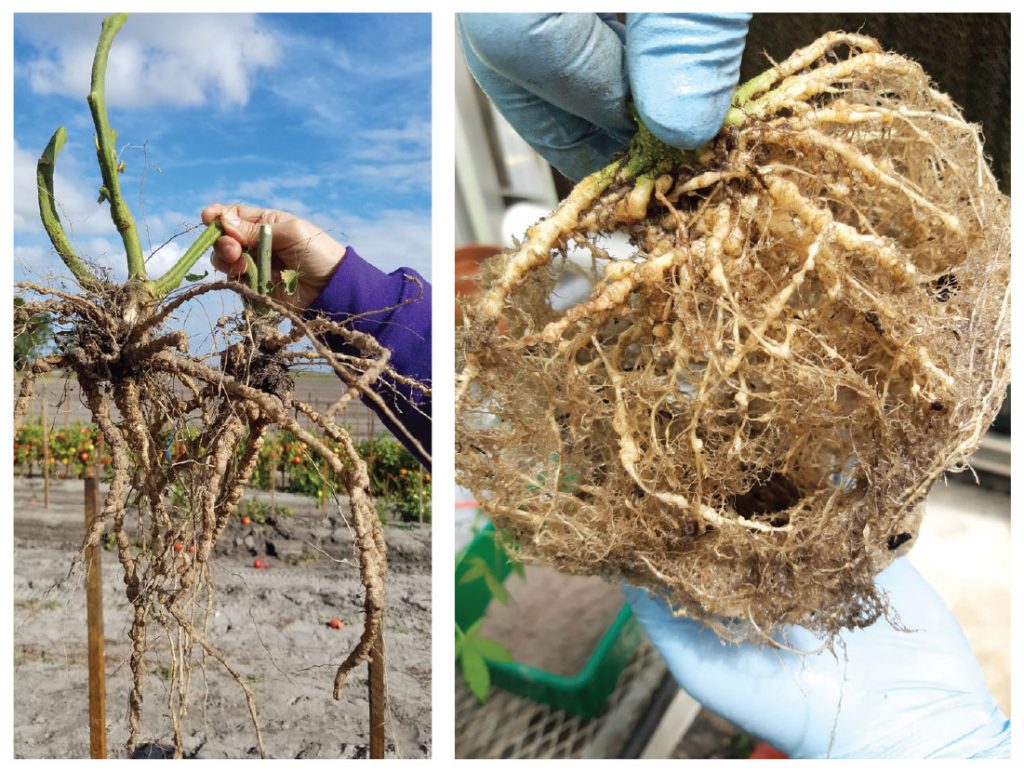By Clint Thompson
Andrew Lovett, a market development specialist with Corteva Agriscience, believes Salibro™ nematicide provides specialty crop producers the most bang for their buck when managing nematodes.

“Growers can’t take any risks. If they’re going to pull the trigger on an expensive product, especially a nematicide, then they need it to work. They can definitely have confidence with Salibro™ that it will deliver every time,” Lovett said.
Nematodes are microscopic worms that live in the soil, according to University of Florida Institute of Food and Agricultural Sciences. They will feed on plants and damage root systems. This will hinder the plant’s ability to obtain water and nutrients from the soil.
Salibro™ does not possess insecticidal nor fungicidal activity. It is a highly effective and selective control solution for nematodes with a more favorable environmental profile compared to conventional treatments.
“This product has been in the works for many, many years now. It was a historical DuPont isolate and had been in the works for a really long time. The interesting thing about Salibro™ is that it is definitely a whole new mode of action within the market. It is by far one of the cleanest chemistries to ever come out on the market. It has undergone more testing as far as regulation and making sure for worker safety, microbiome safety, than any other product to ever come out on the market,” Lovett said. “It is very specific to what it does and only targets plant parasitic nematodes. It leaves alone beneficial soil microfauna. It is very specific to what it does. It works pretty much better than anything else on the market.”
While Salibro’s™ effectiveness is well documented, it does not necessarily replace fumigation in growers’ management options. Lovett insists that to be reserved for “certain scenarios.”
“The main market would be a supplement after fumigation, whether that’s telone plus chloropicrin or whatever they choose to do. But essentially after you put out that fumigation… it may take you a month to two months to get in there and transplant, so by the time you transplant, those nematodes have already come back. That’s the time when you can apply Salibro™, allow it to get out there and start knocking down your populations,” Lovett said. “The big market could be in secondary crops. You put in that investment, lay down plastic for a single crop and want to continue to grow more crops on that same plastic. Well, you can’t fumigate. So, it’s a great option to come in and inject Salibro™ through the drip and clean everything up after fumigation is long gone.”
Click here for additional information about Salibro™.









